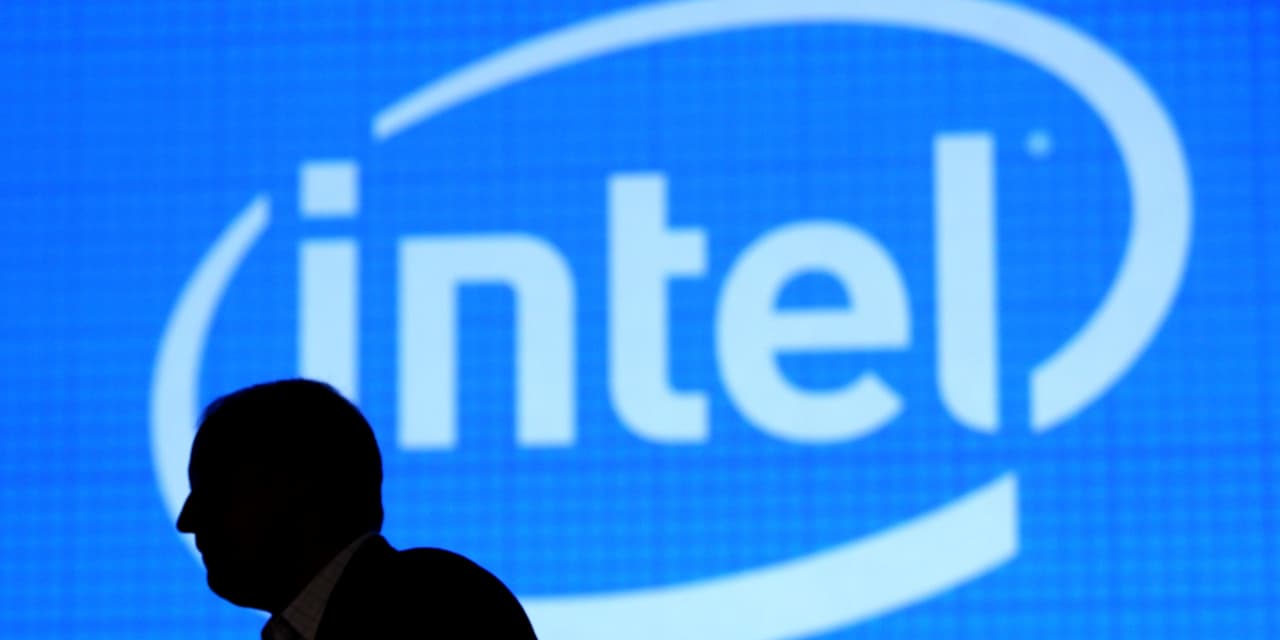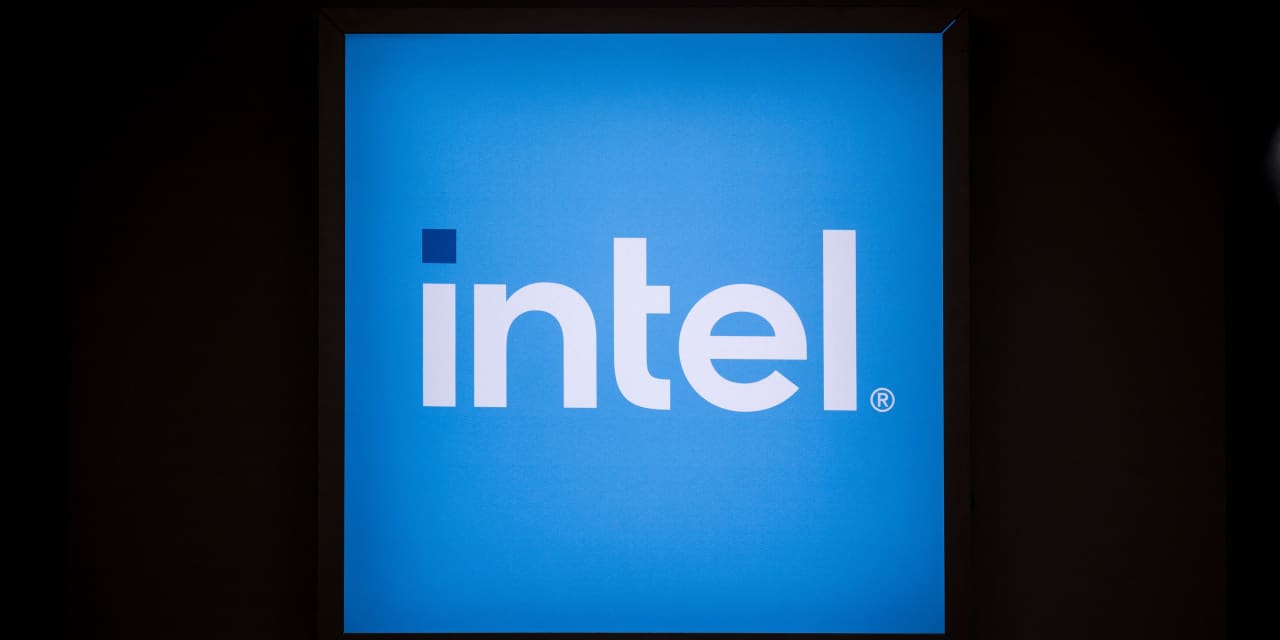For Intel INTC, these days present a dichotomy. The computer-chip behemoth recently revealed a mixed bag of results. In the fourth quarter of 2023, revenue surged by 10% year over year, accompanied by a 6.5-point increase in net margin despite challenging market conditions. However, the overall revenue for the full year 2023 plummeted by 14% compared to the previous year, with the total gross margin dipping from 42.6% to 40%.
Intel’s struggle to control costs is evident when juxtaposed with industry counterparts like Taiwan Semiconductor Manufacturing (TSM) and Nvidia (NVDA). While Intel’s gross margins for 2023 stood at 54% and 73%, respectively, the company faces an uphill battle in cost management compared to its competitors.
Looking beyond the overarching yearly figures, the narrative diverges significantly within Intel’s two key business segments: CCG (client products) and DCAI (data center and AI infrastructure products).
The cash cow at Intel, the client products division, has consistently been a robust revenue generator, fueling the growth of new business units and product lines. The third quarter of the previous year showcased a remarkable performance in the consumer group operations. Operating income surged from \(500 million to \)2.9 billion, with revenue and operating income soaring by 33% and over 450%, respectively. Intel attributes this turnaround to a “healthier fit” with inventory levels, a longstanding concern that has now been addressed.
The outlook for 2024 appears promising for consumer goods, particularly in the laptop chip sector. Intel recently unveiled its latest chips, the Core Ultra, aimed at the Artificial PC market. Partnering with industry giants like Dell and HP, Intel is set to roll out these chips before the holiday season, with a subsequent wider release in the following quarter. The adoption rate and enthusiasm among consumers for PCs integrated with AI capabilities will be pivotal in driving Intel’s consumer segment revenues.
As AI technology permeates various consumer applications, leading to a projected “supercycle” of computer upgrades in the second quarter of 2024, industry experts anticipate a surge in demand for AI PCs. The prevailing sentiment suggests a readiness among consumers to embrace AI technology, marking a significant shift in technology trends. Intel faces stiff competition in the AI computing arena from players like AMD and Qualcomm, who offer competitive chips with integrated AI accelerators, alongside innovative startups like MemryX providing supplementary AI chips.
The challenges extend to Intel’s data center and AI network business unit, where the previous quarter’s results painted a less rosy picture. Operating income plummeted by 38%, operating margin shrunk to 2%, and revenue witnessed a 10% decline year over year. Despite Intel’s Xeon CPU maintaining its market share leadership in data-center CPU chips, the company is grappling with the evolving AI technology landscape.
Intel’s data center GPU products have yet to gain traction, lagging behind Nvidia’s substantial market valuation. The absence of significant design wins or partnerships underscores the uphill battle Intel faces in this domain. With AMD’s formidable MI300 AI server device projected to rake in billions in revenue for 2024, Intel’s lack of a coherent strategy to counter this threat is concerning.
CEO Pat Gelsinger’s strategic shift towards focusing on AI inference rather than AI model development in 2024 reflects Intel’s adaptation to market demands. The company’s CFO, David Zinsner, hinted at a promising “$2 billion pipeline” for Intel’s discrete pedal portfolio in 2024, signaling potential progress in the data center AI space. This shift in focus presents a more optimistic outlook compared to the lackluster revenue projections, albeit without immediate customer announcements.
As Intel navigates the turbulent waters of technological evolution, the upcoming year will be pivotal in determining the company’s trajectory. Will Intel, under Gelsinger’s leadership, reclaim its former glory through innovation and operational excellence, or will competitors like Nvidia, AMD, and Qualcomm continue to outpace it in the tech race?
Ryan Shrout, the founder and president of Signal65, maintains a keen eye on the tech industry landscape. With consulting services offered to major players like AMD, Qualcomm, Intel, and others, Shrout remains actively engaged in the sector. Disclaimer: Shrout holds stocks in Intel.
In conclusion, Intel faces a critical juncture as its revenue projections fall short, setting the stage for a decisive moment in the company’s stock performance.






